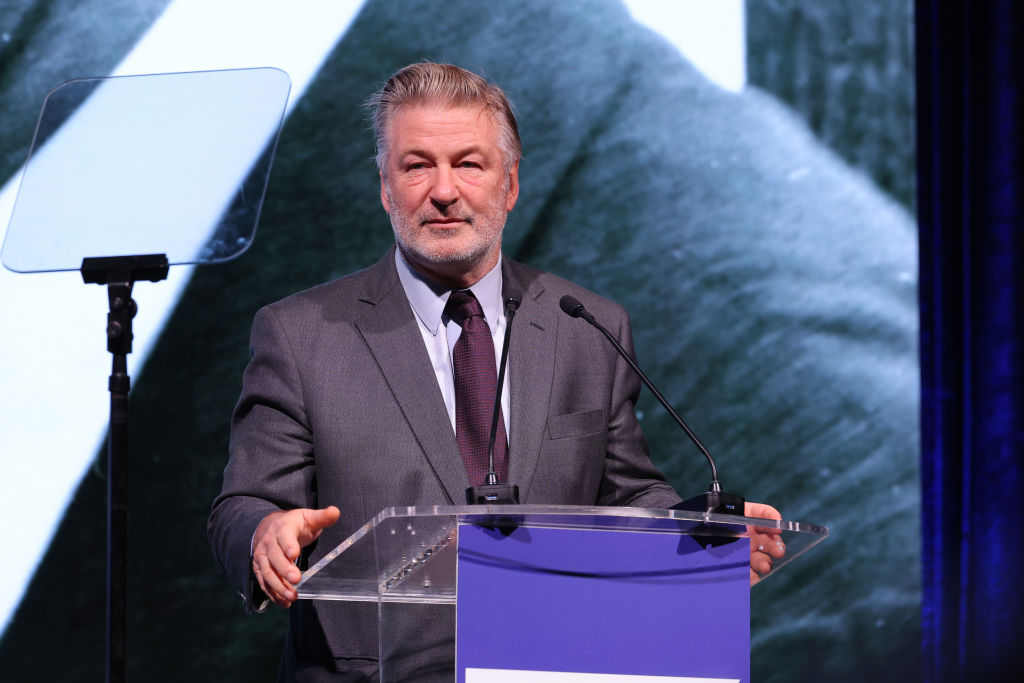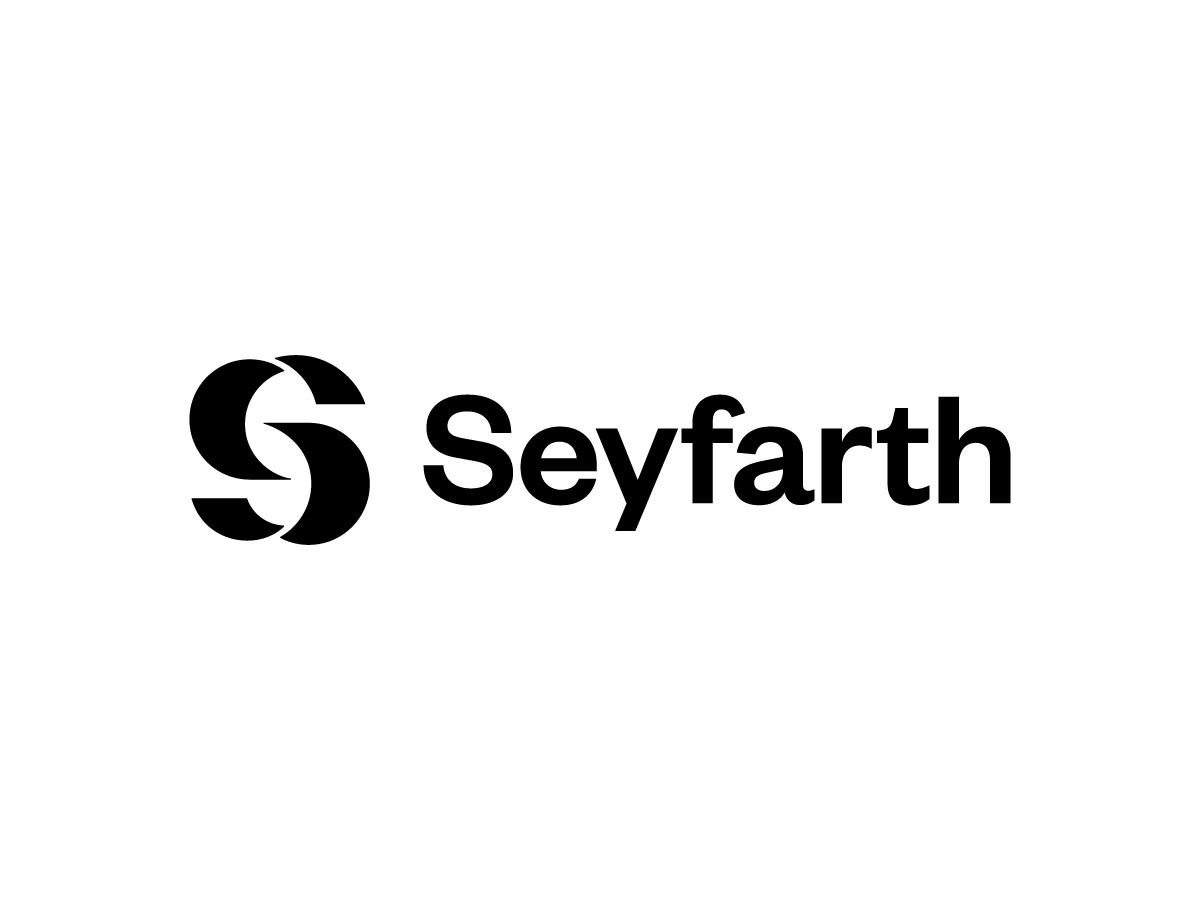The Alice Eligibility Two-Step Dance Continues | McDermott Will & Emery
[author: Kavya Rallabhandi]
The US Court of Appeals for the Federal Circuit affirmed a district court’s dismissal of a Fed. R. Civ. P. 12(b)(6) motion, holding that patent claims directed to abstract ideas and lacking inventive steps that transform abstract ideas into patent-eligible inventions fail the Alice two-step test and are not patent eligible under 35 U.S.C. § 101. Hawk Tech. Sys., LLC v. Castle Retail, LLC, Case No. 22-1222 (Fed. Cir. Feb. 17, 2023) (Reyna, Hughes, Cunningham, JJ.)
35 U.S.C. § 101 states that laws of nature, natural phenomena and abstract ideas are not patentable. The Supreme Court of the United States in Alice v. CLS Bank Int’l (2014) articulated a two-step test for examining patent eligibility: a patent claim falls outside § 101 if it is directed to a patent-ineligible concept such as an abstract idea and lacks elements sufficient to transform the claim into a patent-eligible application.
Hawk Technology sued Castle Retail alleging infringement of its patent directed to security surveillance video operations in Castle Retail’s grocery stores. The patent relates to a method of viewing multiple simultaneously displayed and stored video images on a remote viewing device of a video surveillance system using result-based functional language. Castle Retail moved to dismiss on the basis that the claims were not patent eligible under § 101. After conducting a technology briefing, the district court granted the motion. The district court ruled that the claims were abstract because surveillance monitoring is a common business practice and the claims recited little more than taking video surveillance and digitizing it for display and storage in a conventional computer system, and the claims did not limit the abstract idea to a new technological improvement in video storage/display that could transform the abstract idea into a patent-eligible invention. Hawk Technology appealed.
The Federal Circuit, reviewing de novo, affirmed. Addressing Alice step one, the Court found that the patent’s required functional results of receiving/digitizing video images, converting images to selected format and storing/displaying/transmitting the images were similar to claims that the Court previously ruled as abstract. The results-oriented claim language failed to concretely recite how the claimed invention improved the functionality of video surveillance systems and was therefore abstract. Regarding Alice step two, the Court analyzed the claim elements, both individually and as an ordered combination in light of the specification, for transformative elements. The Court explained that although the claims recited the purported inventive solution and referenced specific tools/parameters, they neither showed how monitoring and storage was improved nor required anything other than off-the-shelf, conventional computer, network and display technology for gathering, sending and presenting the specified information.
Procedurally, the Federal Circuit found that the motion to dismiss was not decided prematurely because the technology briefing was purely a procedural step conducted in each patent case and there was no evidence that the district court’s decision hinged on new facts constituting matters beyond the pleadings. Hawk had argued that because the district court considered Castle’s testimony and evidence, it was required to convert the Rule 12(b)(6) motion into one for summary judgment. The Federal Circuit conceded that the district court “erred when it did not expressly reject the outside matters or treat the motion as one for summary judgment,” but concluded that because the “court’s ‘rationale’ in no way ‘hinged on the additional information,’” the error was harmless.
[View source.]





